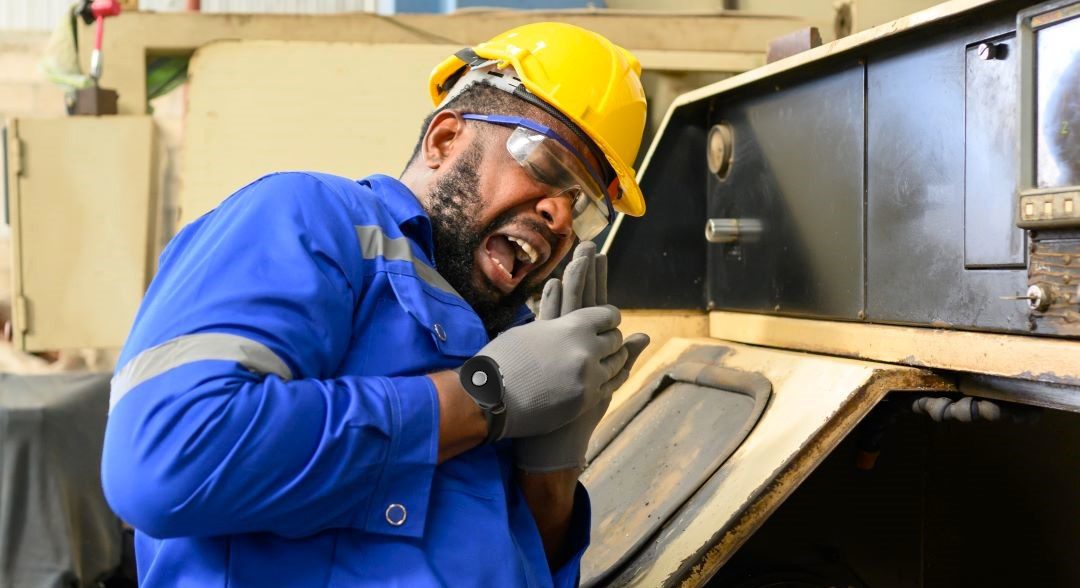Safety protocols are the step-by-step plans that guide workers through a workplace procedure safely. They are important because they ensure that employees follow company safety regulations and reduce the risk of accidents or injuries.
A Hazard Review is conducted to determine the appropriate protective measures for the procedure and should become part of the written Safety Protocol. Process limits also need to be defined and included in the written protocol.
Identifying Hazards
Hazard identification is the first step in developing a safety protocol. https://loneworkerdevices.co.uk/man-down-alarm/ It involves identifying hazards that may be present in the workplace and finding out what controls are in place or need to be put in place. Hazard identification can take many forms, including reviewing existing information and conducting an on-site inspection. Information sources for identifying hazards can include chemical manufacturer safety data sheets, self-inspection and inspection reports from employees or inspectors, occupational health and safety records (appropriately redacted to protect worker privacy), medical records, industrial hygiene assessments, accident and incident investigations, exposure monitoring results, and existing procedures for lockout/tagout, confined space entry, and personal protective equipment.
img width="333" src=" ">
">
The most effective approach to identifying hazards is done in conjunction with workers, who have an intimate understanding of the work and the ways that it could go wrong. A simple walk around the workplace and a discussion about what can cause injury or harm is a good way to identify potential hazards, as well as the type of control needed to mitigate them.
Once the list of hazards is identified, it is important to evaluate each one using a risk assessment tool. This will help in determining which hazards are critical, and those that need to be addressed at the highest priority. This will also help in assessing the adequacy of any existing controls.
Assessing Risks
A risk assessment is the process of identifying possible hazards and risks in a procedure. It defines the likelihood that harm will occur to workers and examines control measures in place to prevent it. Risk assessment should take into account the likelihood that harm will be caused both by the process itself and by its unavoidable side effects, such as breathing in fumes or irritant chemicals. The assessment should also take into account how often the activity occurs, how people interact with it and the sensitivity of those involved.
The assessment should include a review of all health and safety information about the process, including its Safety Data Sheet (SDS), manufacturer literature, information from reputable organizations, results of testing and any workplace inspection reports. It should also include a look at records of accidents and near misses, as well as illness and injury reports. It should also consider non-routine operations, such as maintenance and cleaning, as these can expose workers to new hazards.
During the assessment, it’s important to identify any further training needs that may be required. For example, if a procedure involves working at height or using specialized machinery, the workers should be trained in how to use the equipment safely. This will reduce the likelihood of injuries occurring during routine work and increase worker confidence in their ability to carry out safe procedures.
Developing Safe Operating Parameters
A written safety protocol helps ensure that employees follow procedures correctly and are aware of any risks associated with a specific job. These protocols should be reviewed and updated regularly to reflect changing work processes, equipment, chemicals or other variables. They should also include process limits so that a procedure can be scaled up without having to do a full hazard and risk assessment each time.
Workplace safety rules may not always be clear, and some of them can seem counterintuitive at first. For example, a company might require employees to wear protective gear when washing dishes but not use gloves when handling food. The reasons behind these rules may not be obvious, but it is important to understand their purpose so that workers can comply with them.
Workers should be encouraged to report unsafe conditions or hazards to supervisors or a designated representative. They should also be willing to wear personal protective equipment when required and participate in safety committee activities. Companies should report on their safety and health performance in their annual reports.
A well-written workplace safety protocol should address all the factors that might impact worker’s safety and health. This includes ensuring that the organisation is aware of any potential risks, developing risk reduction strategies to eliminate them or reduce their severity, and implementing procedures to monitor compliance.
Developing Written Procedures
Writing safety procedures is an important job for anyone in a lab setting. Developing procedures for specific work tasks ensures that lab workers are aware of the hazards involved in a specific task and how to handle those hazards. This allows them to perform their work safely and reduces the risk of accidents or injuries.
Creating procedures for specific tasks in the workplace is called a hazard review or a safety protocol. These are internal documents that contain the results of a risk assessment and describe how to perform a specific task in a safe manner. The hazard review is then used as a guide when training laboratory personnel.
When creating a safety policy, it is important to take the time to review the procedure with workers and provide them with a copy. This will help to make them feel a sense of ownership in the safety policy and will encourage them to abide by its guidelines. In addition, the hazard review will help to clarify issues that may have been misunderstood or not understood by some employees.
In addition to a written policy, a company should create and communicate a system for reporting injuries, illnesses, incidents (including near misses or close calls), equipment problems or other safety and health concerns. This should be a confidential process that makes it easy for workers to report concerns without fear of retaliation.
![[PukiWiki] [PukiWiki]](image/pukiwiki.png)
